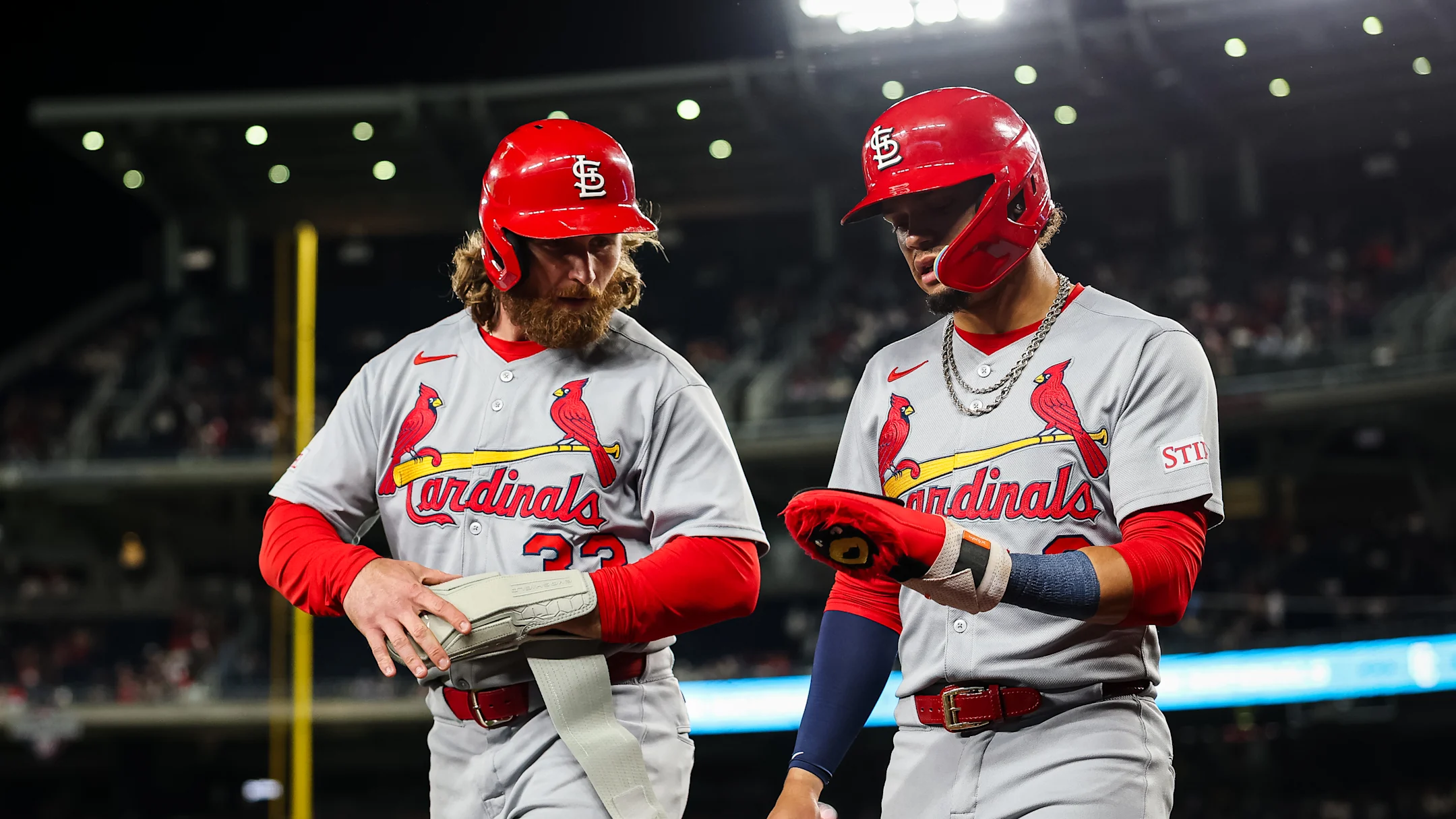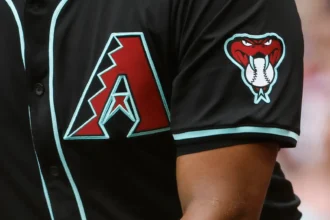The St. Louis Cardinals’ 2025 season has been driven by the emergence of their young core, sparking widespread debate among fans and media about which players should be central to the team’s long-term plans.
It’s a complex and intriguing topic, as several young players have the potential to be key pieces of the franchise for years. The team’s youthful foundation gives them a strong starting point for future success, but like any organization, they must carefully choose who to prioritize for contract extensions.
Being part of the core doesn’t automatically mean a player deserves a long-term deal. If the Cardinals extended contracts to eight young players right now, it would significantly limit their roster flexibility in coming seasons. Instead, they need a clear strategy to identify which players are most vital to retain and focus their efforts there.

Factors like a player’s upside and how many years of team control remain are crucial in determining extension candidates. With that in mind, I’ve broken down the candidates into three tiers. The first tier includes two players who aren’t immediate extension priorities but could provide tremendous value if signed early. The other two tiers consist of players who should be extended as soon as possible, with their urgency shaped by how much team control remains.
Tier #3 – Might be premature, but that may also lead to quite the bargain
Matthew Liberatore and Victor Scott II
Two of the most unexpected breakout stars for the Cardinals in 2025 have been Matthew Liberatore and Victor Scott II, both of whom have solidified their places in the club’s long-term plans.
Each entered the season with lingering questions, albeit for different reasons. For Liberatore, now in his fourth MLB season, this is the first year he’s truly looked like a potential impact starter. Once a first-round pick and top-50 prospect with plenty of hype as a left-handed pitcher, Liberatore’s stock had slipped in recent years—even though he’s still just 25. But this season, despite a rough outing Friday night, he owns a 3.08 ERA across 11 starts with 56 strikeouts in 64.1 innings, finally flashing the front-line potential the Cardinals hoped for. If this version of Liberatore is here to stay, it would make a lot of sense for the team to try to secure him on a long-term deal.

Scott, meanwhile, entered the season with far less pressure. After playing just 53 games as a rookie, he won the starting center field job in spring training and has since posted a .262/.337/.357 line with 16 stolen bases entering Friday’s game against Texas. While it’s hard to project just how high his ceiling might be, his speed, defense, and developing bat already make him a valuable contributor. Even if he doesn’t become a star, Scott’s all-around game makes him a strong candidate to keep as part of the club’s core.
Of course, both carry some risk when it comes to early extensions. Liberatore’s impressive 2025 showing is still a relatively small sample, and if he struggles in the future, a long-term deal could leave the Cardinals overpaying for a bullpen arm. Scott, on the other hand, is currently providing excellent value under team control, and extending him early could reduce that edge if his development stalls.
Still, the potential rewards are significant. With the rising cost of pitching, locking in Liberatore now could save the organization a fortune. The same goes for Scott—if he continues to improve, it may be tough to retain him alongside other core players unless the Cardinals act early.





